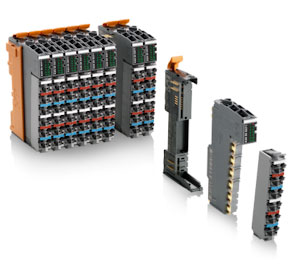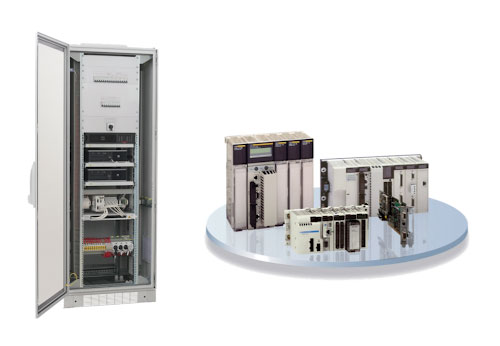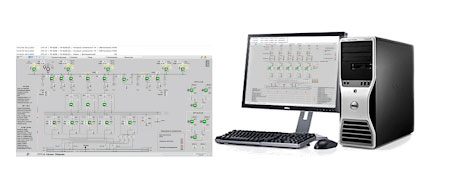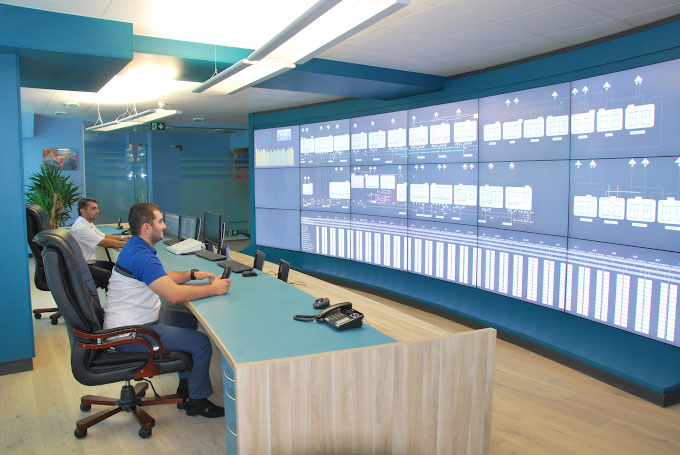Traction substations automation and SCADA
Automation is an exceptionally important factor to consider when developing a new modern site with equipment of advanced technology, which doesn’t require supervision and personnel intrusion in operational service. It reliably excludes occurrence of emergency situations due to "human factor".
Set of SCADA equipment is designed for automation, remote supervision and control of power supply facilities. SCADA equipment interconnects remote units into one SCADA system. This system allows power operator to supervise and control remote equipment with software and hardware tools from operations control centre.
SCADA System Main Functions
- transmission and processing of discrete signals - alarm function;
- processing of analogue signals - gauging function;
- initialization of control signals;
- automation of data acquisition and processing.
SCADA System provides:
- protection against false remote commands;
- synchronisation of events with an absolute time accuracy of 1 ms;
- diagnostics of operation of all the system units and communication channels
- time synchronization for all system units;
- in-built redundancy allows SCADA system to continue operation even in case of one communication channel failure;
- logging parameters values and information on events and status of the object;
- reliable system operation including also its automatic operation recovery in case of failure;
- centralized data processing;
- comfortable operator's work, visual and sound alarm.
SCADA System has four-level structure:
1) cubicle control;
2) substation control;
3) site local control;
4) operator's control.

First level - control of different equipment on site, also monitoring of its condition. The first level is implemented on the basis of programmable logical controller (PLC). Controller operation includes protection algorithms that exclude possibility of emergency situations.
Automation studio development environment from Bernecker&Rainer is utilised to load and improve operation algorithms.

Second level allows to supervise operation modes and condition of executive units, control equipment, record and analyse emergency messages, keep events records. Second level is a separate automation cabinet with connected communication lines from all the equipment on site. More powerful redundant controller is implemented for data acquisition and control.

Third level of control is personal computer or control panel located directly on site, allowing maintenance staff to control operating mechanisms and also to supervise their condition. Mnemonic diagrams and journals provide visual analysis of current condition of equipment, different measured parameters and chronology of events. Citect SCADA system from Schneider Electric is used on the computer installed on site for user interface arrangement. Third level equipment provides communication and data exchange with operations control centre through different lines.

Fourth level of control is personal computer or control panel located directly on site, allowing maintenance staff to control operating mechanisms and also to supervise their condition. Mnemonic diagrams and historical logbooks provide visual analysis of current condition of equipment, different measured parameters and chronology of events. Citect SCADA system from Schneider Electric is used on the computer installed on site for user interface arrangement. Third level equipment provides communication and data exchange with operations control centre through different lines.

READ MORE:


